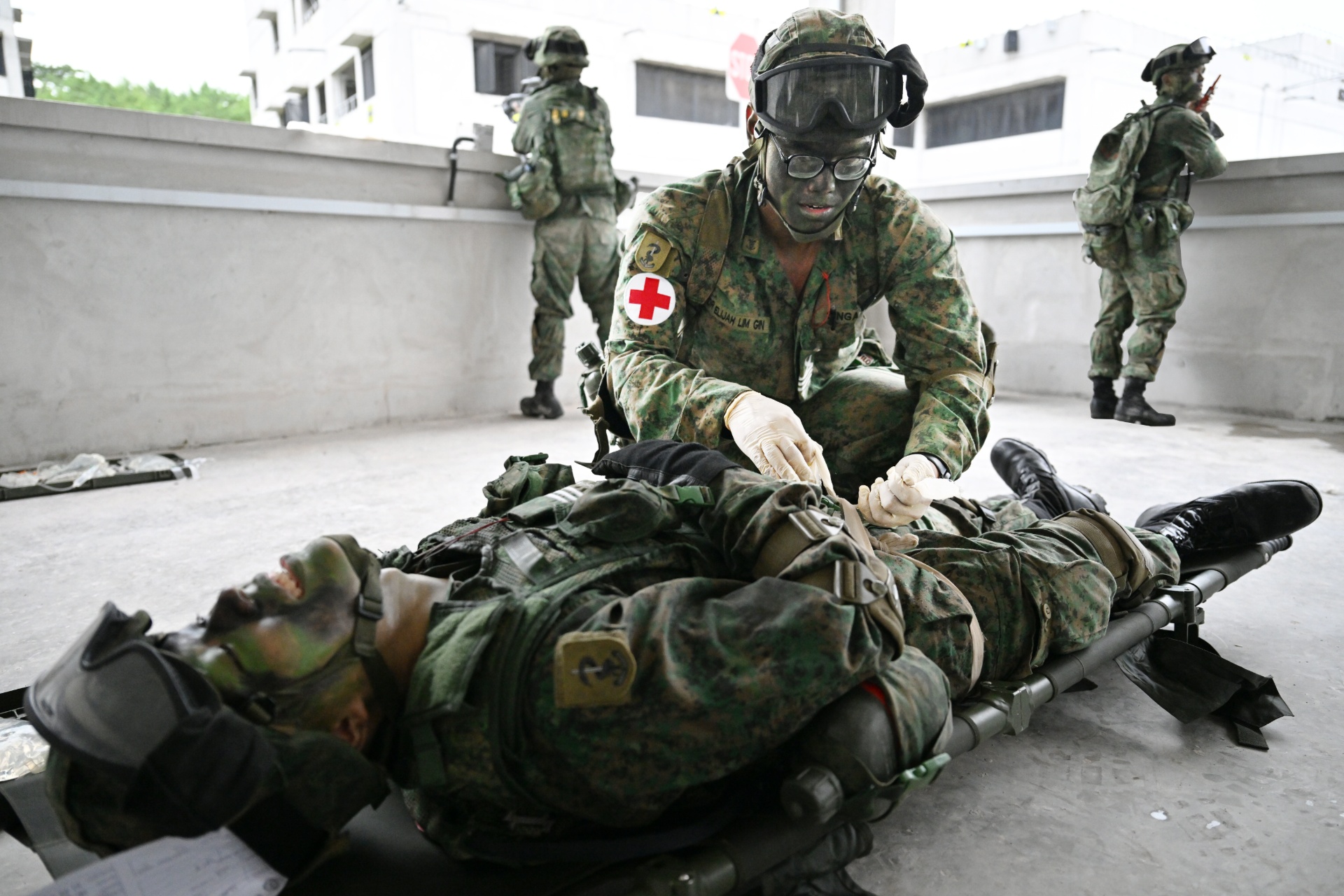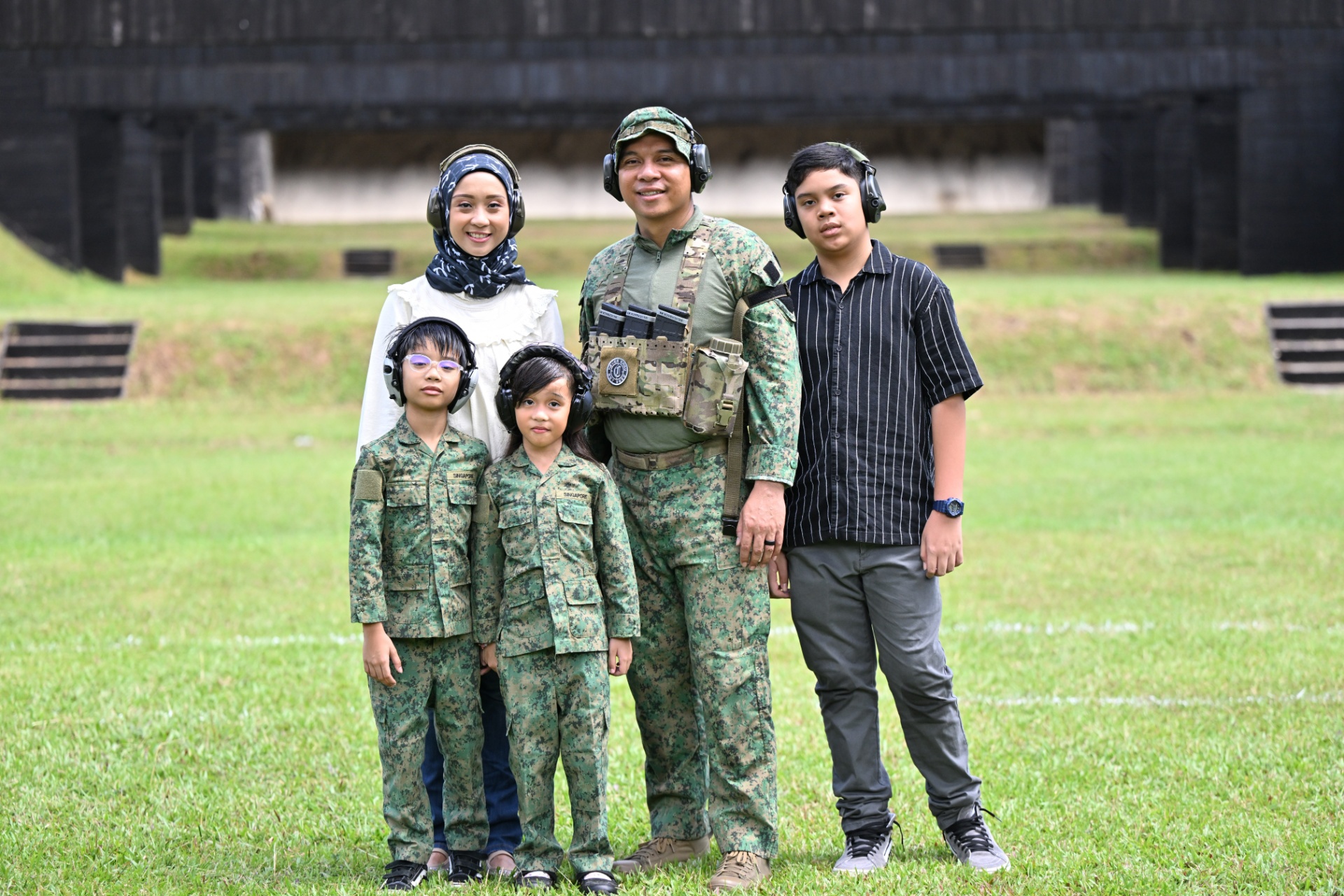RIGHT ON TARGET
PHOTO // Chai Sian Liang & Courtesy of 3 TPT BN
Outfield, troops rely on air deliveries for resupplies but changing weather conditions and risk of enemy fire make air drops a complex operation. With the Sherpa Precision Aerial Delivery System (PADS), ground troops now have a way to deal with the challenges.
Imagine this: Ground troops are preparing for their next attack mission. They are waiting for resupplies coming via air drops, but enemy forces have detected their presence and are advancing towards them. The ground troops need to leave at once but if they do, they run the risk of running short on essential supplies like water, rations, ammunition and medication.
Enter Sherpa PADS, a guided parachute delivery system that makes use of the Global Positioning System (GPS) to deliver airborne cargo. The Singapore Armed Forces use the Sherpa system, manufactured by Canadian company Mist Mobility Integrated Systems Technologies Inc.
It comprises a ram-air (main) parachute, an Autonomous Guidance Unit (AGU) which functions as the system's "brains", a Remote Hand Controller and the Mission Planner laptop. Depending on the size of the canopy, loads from 100 pounds to 10,000 pounds (45kg to 4,500kg) can be transported.
In most circumstances, the parachute delivers the loads to the designated drop-off point without hiccup. But when necessary, the system provides ground troops with the option of changing the drop-off point mere minutes before the load hits the ground. Using the Remote Hand Controller, troops can either set the system to home in on their location, or manually steer it to a new location.
This is done via the AGU, which uses servomotors that pull on the control lines of the parachute to steer it, akin to how a parachutist controls a parachute by pulling on the left and right control lines.
Greater accuracy
For conventional air-drops, the higher an aircraft drops its loads, the less accurate the landings will be. But dropping loads at lower heights exposes the helicopter and its crew to enemy fire.
Captain (CPT) Andy Low, Officer Commanding of the Air Terminal Company at the 3rd Transport Battalion (3 TPT BN), explained that in a conventional air-drop - in which loads are usually released at 1,000ft - where the load eventually lands is dependent solely on the wind conditions. "If there's a change in wind direction or a sudden gust of wind, the load may drift away from where it's supposed to land. But with PADS, it is able to manoeuvre itself to the correct drop-off point," he said.
This feature is all the more important as airborne cargo runs the risk of landing in no man's land or worse, enemy territory. When that happens, troops have to spend time hunting for the supplies, exposing themselves to enemy ambushes. Having greater accuracy in determining where the load lands, therefore, translates into greater mission effectiveness.
Greater flexibility
PADS is able to do this because of its glide ratio (ratio of its forward motion to its descent). The Sherpa system has a glide ratio of 3:1, which means that it is able to move three units forward for each unit of descent.
This means that if there is a change in the drop-off point while the load is airborne and has sufficient altitude, the AGU can receive the new information and manoeuvre the parachute to its new destination, explained CPT Low.
The Sherpa system allows loads weighing 700 pounds to 2200 pounds to be released at up to 25,000 feet (7.6km) and as far as 20km from the designated drop-off point. This means that at the altitude of 5,000ft under zero wind condition, the troops have the flexibility to adjust the drop-off point within a 4km radius.
Said CPT Low: "It gives us a lot of freedom to change the point of impact whenever we want to."
Greater manoeuvrability
Another feature of PADS is its way-point capability. This allows users to identify and avoid obstructions like mountainous terrain or enemy artillery as the load travels to the drop-off point.
The information is keyed into the Mission Planner laptop, which has a modelling system that helps calculate the best position for the aircraft to release the load. The planner also takes into account other essential information such as the weight of the load, wind speeds and the coordinates of the drop-off point.
Another plus point of the system is how it provides a higher chance of the load surviving the impact of landing. As the load travels through the air at a forward gliding speed of close to 60kmh, coming to a sudden stop may damage the cargo.
To mitigate this, the AGU's algorithms are programmed such that the load tilts towards the direction of the wind just before landing. By pulling on its control lines for a flared landing, the descent rate is gradually reduced. As a result, the impact of the drop is reduced by nearly half, compared to a conventional air-drop. Parachutists use this technique as well for a softer landing.
How the Sherpa PADS work:
Before the load is deployed, essential information is keyed into the Mission Planner laptop. The best point from which to release the load is identified.
When the load is first deployed from the transport helicopter, the drogue parachute, which stabilises the load, is activated. At this point, the parachute loses altitude quickly and descends at about 200ft per second (or 61m/s).
The main parachute, also known as the ram-air parachute, takes over once the load stabilises and the drogue parachute collapses. The parachute now descends at about 20ft per second (or 6.1m/s).
The AGU steers the ram-air parachute using servomotors that pull the control lines of the parachute to the drop-off point.
Should the drop-off point change, receiving troops can use the Remote Hand Controller to manoeuvre the parachute.
| TECH SPECS |
| Weight 188 pounds (85.3kg) (The AGU alone weighs 58 pounds) |
| Maximum altitude for drop off 25,000 feet (7.6km) |
| Minimum altitude for drop off 5,000 feet (1.52km) |
| Range of remote hand controller 15km |
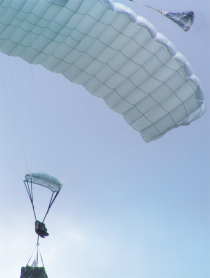

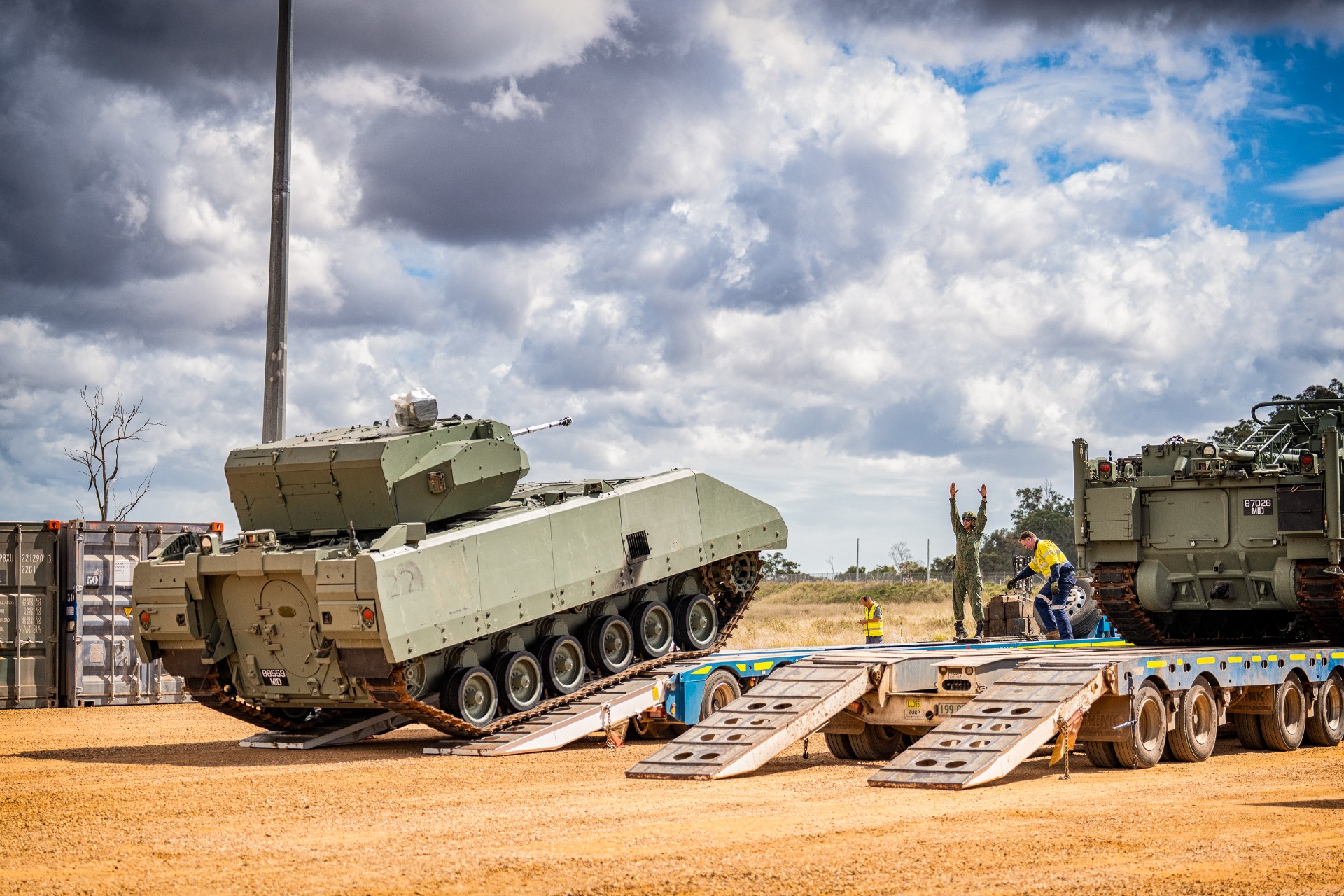
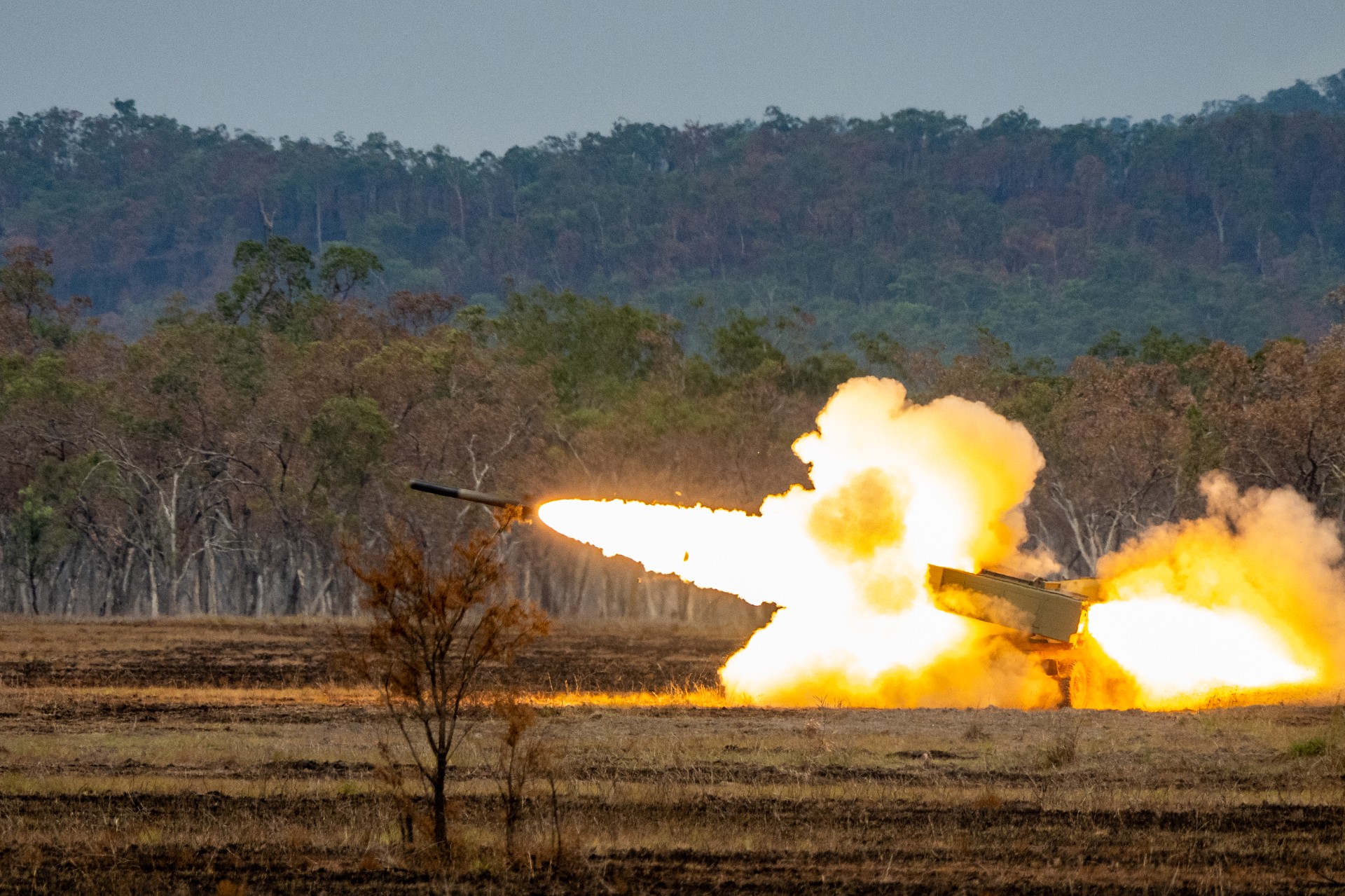
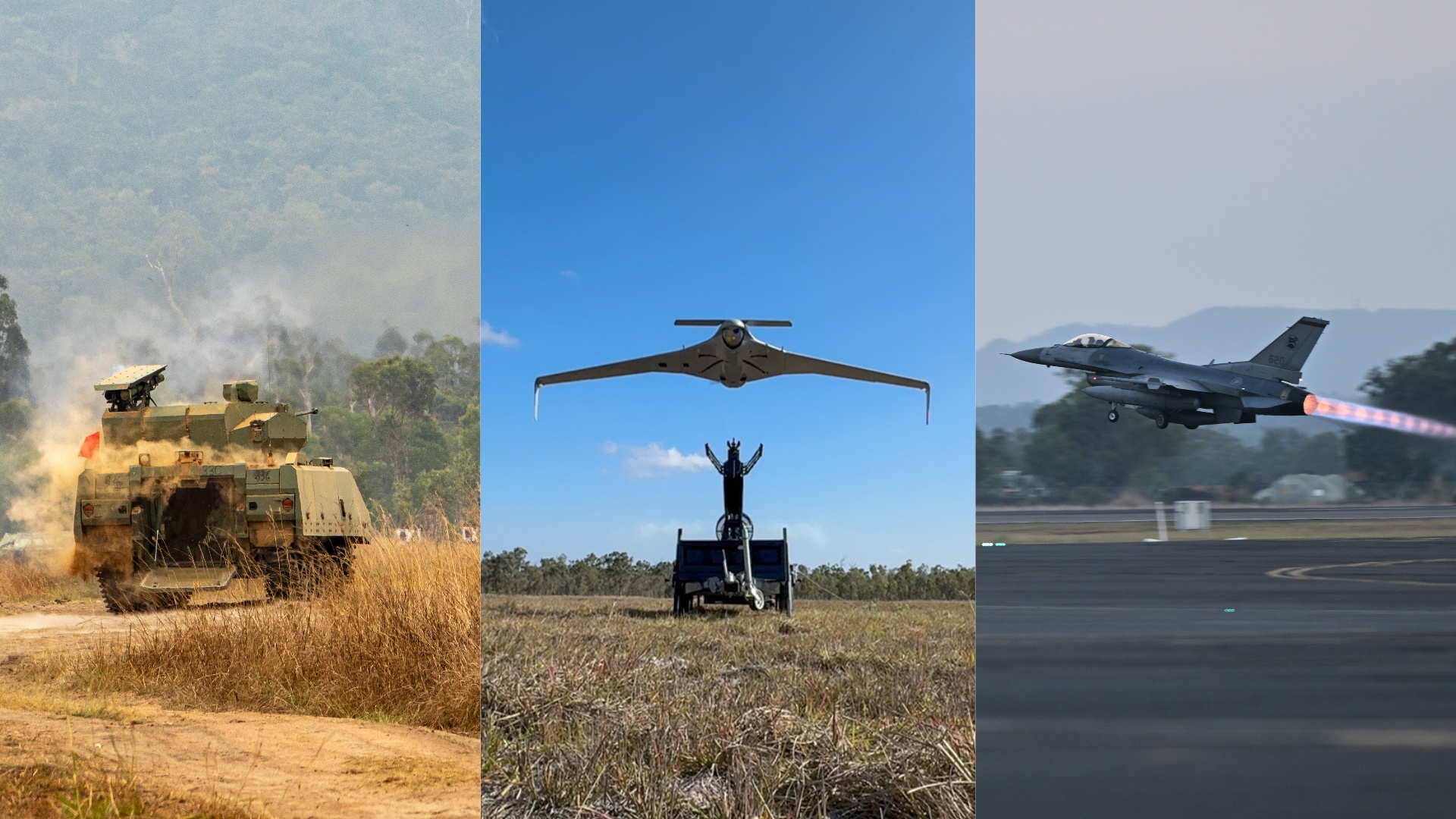
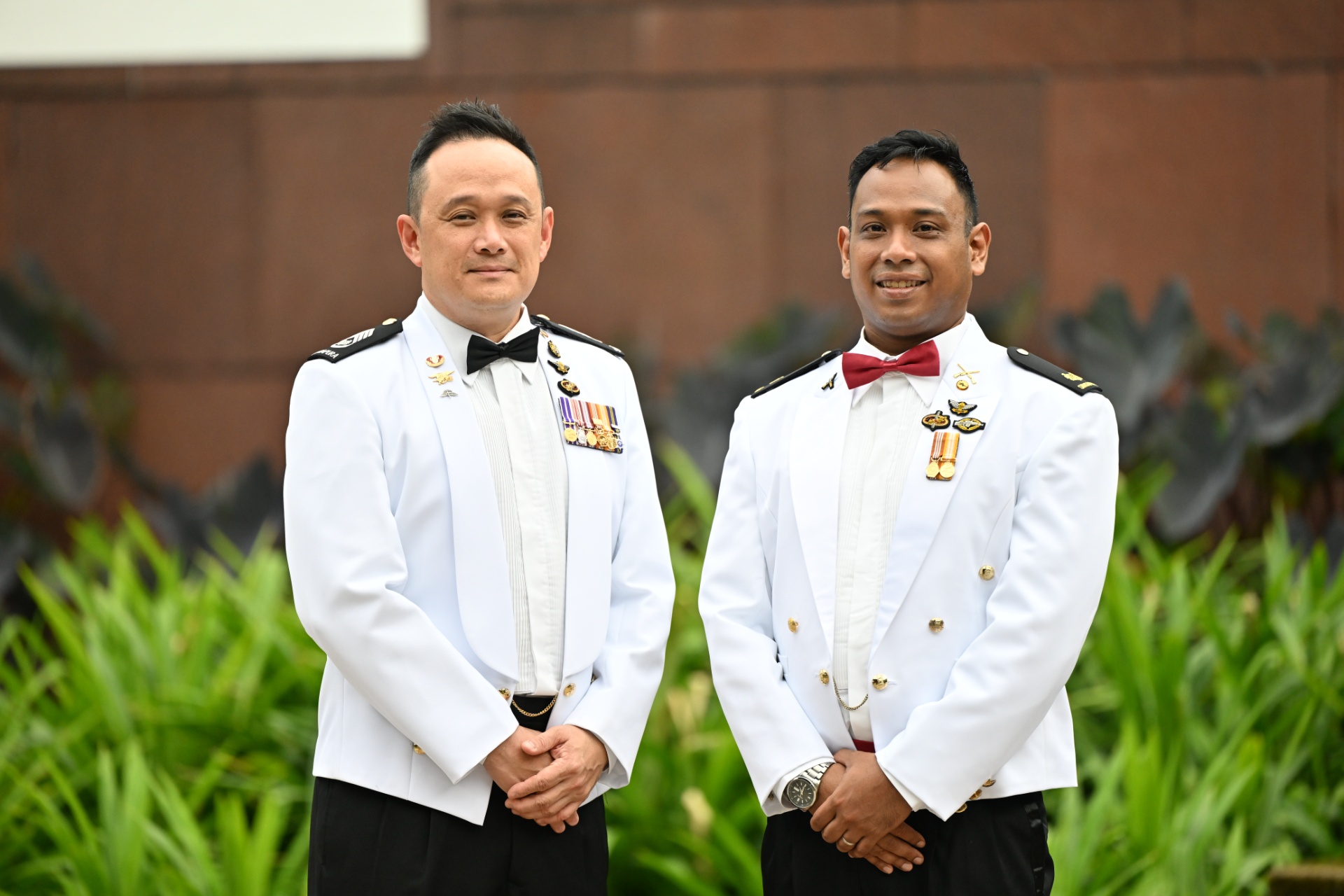
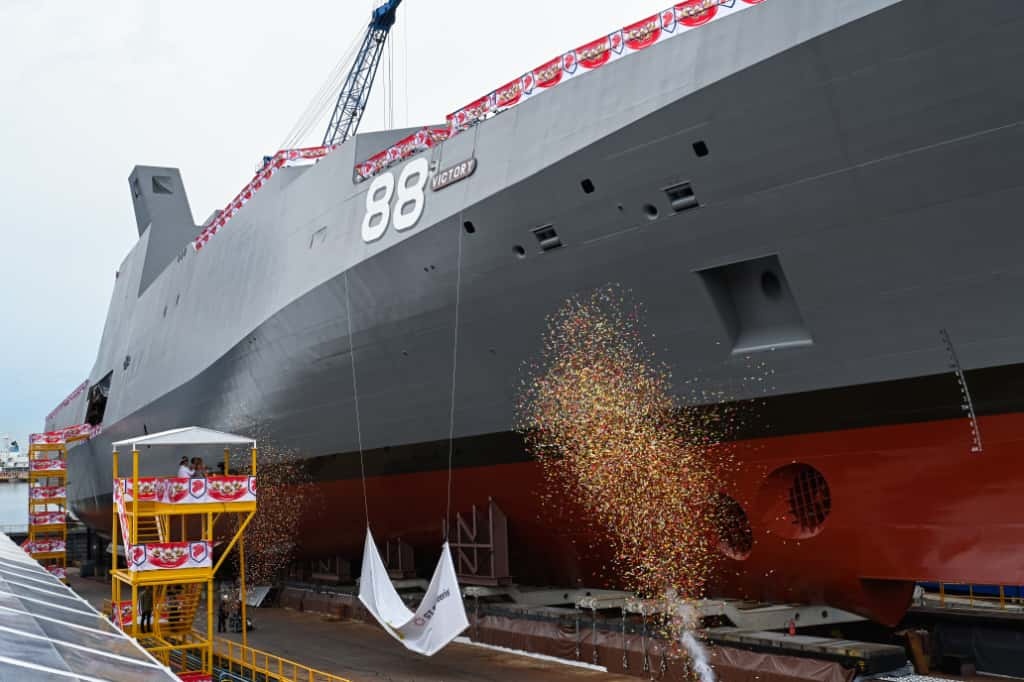
-dsc_2181.jpg?sfvrsn=cf8a503f_1)

